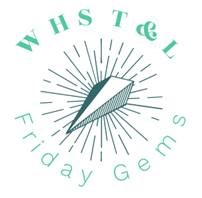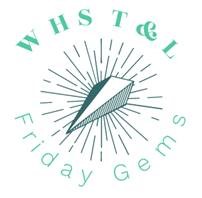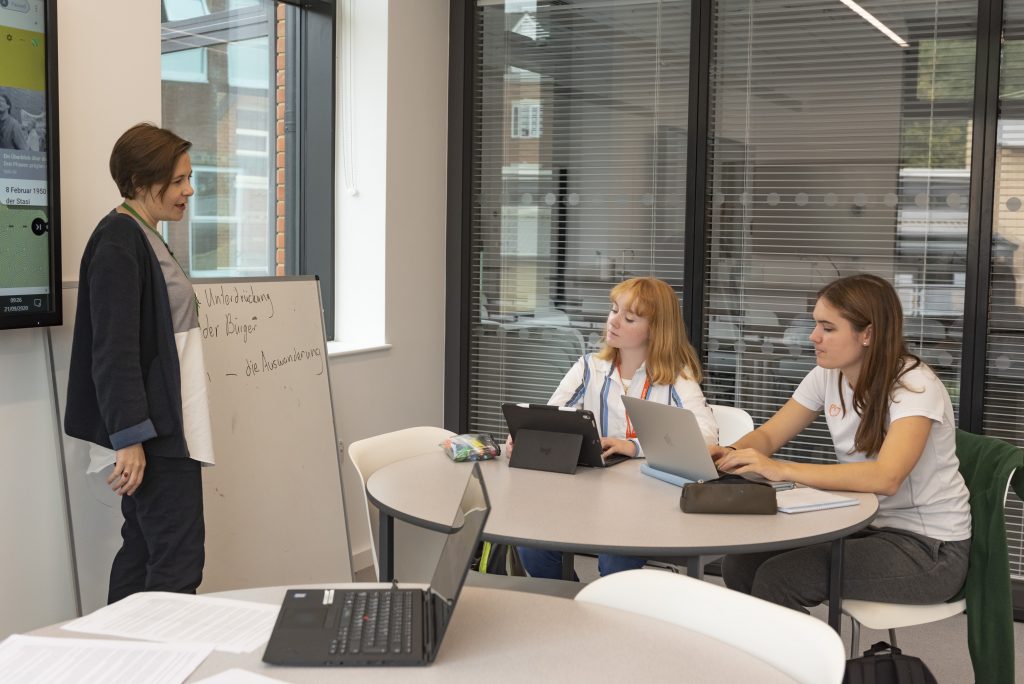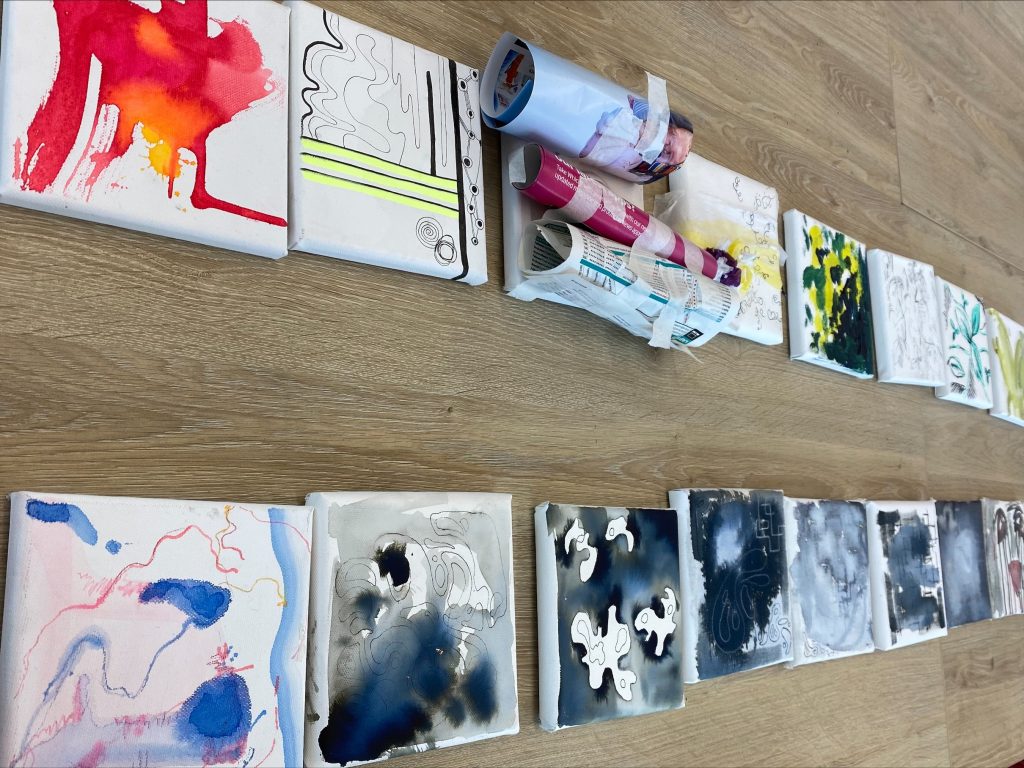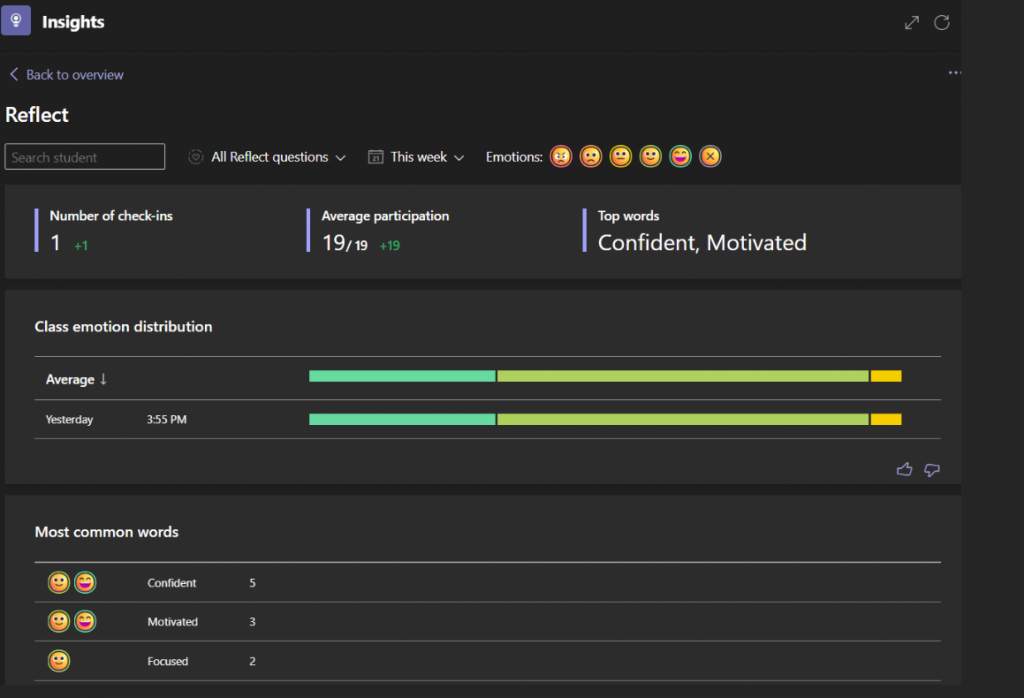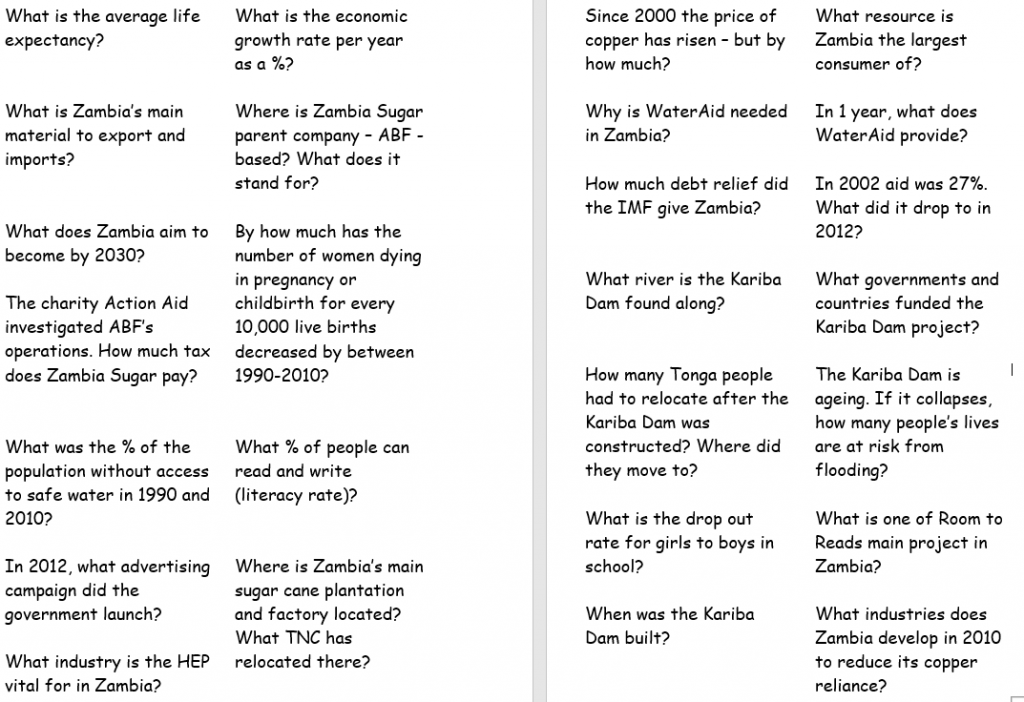Teaching and Learning Gem #38 – The Rosenshine Edit and Reflections from Clare Duncan and Sarah Chittenden.
From Clare Duncan: Last week Sarah Chittenden and I had the privilege of jointly seeing lessons in both the Junior and Senior School. Following on from the recent Friday Gems, we focused on a number of Rosenshine’s Principles.
Clare and Sarah’s thoughts
The Year 3 Science lesson with Alex Farrer demonstrated the principle to ‘Provide models: Providing students with models and worked examples can help them learn to solve problems faster’ in spades! The lively class delighted in the recreation of erosion, sedimentation, compaction, and cementation through crumbling up cookies into water to model the formation of sandstone. It was highly impressive observing their collaboration during the investigative process and hearing their explanations within which they used a wide range of scientific vocabulary. All had dutifully crumbled that cookie however tempted they were to do otherwise! See the attached picture for a glimpse of the students in action.
From there we ventured to Year 5 Maths with Alistair Smith. Here the pupils were developing their understanding of the properties of angles and applying them to questions of increasing levels of difficulty. There was clear use of Rosenshine’s principle to ‘Check for student understanding: Checking for student understanding at each point can help students learn the material with fewer errors’. It was through Alistair’s questioning and individual support that progression was so evident and the girls were more than keen to explain their working and to share their prowess of angles.
Moving across to the Senior School, Anna Field was giving a Year 7 History lesson in which the students were discussing Thomas Becket: Sinner or Saint? We joined at the point where the girls were looking at sources and drawing their own conclusions, entering a lively debate which was both inspiring and engaging. Anna had developed an excellent framework whereby the principle to ‘Require and monitor independent practice: Students need extensive, successful, independent practice in order for skills and knowledge to become automatic’ was clearly evident.
Our whistle-stop tour ended with Year 8 Maths with Rebecca Brown. As with the Year 5 Maths, there was clear evidence of the principle to ‘Check for student understanding: Checking for student understanding at each point can help students learn the material with fewer errors’. Rebecca had developing a crossword puzzle where the students applied their skills and knowledge of decimals, fractions and percentages in a fun, accessible way. All were engaged and keen to progress.


